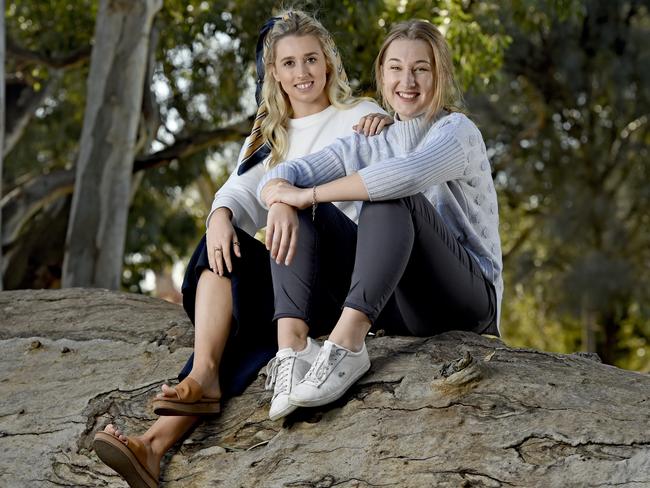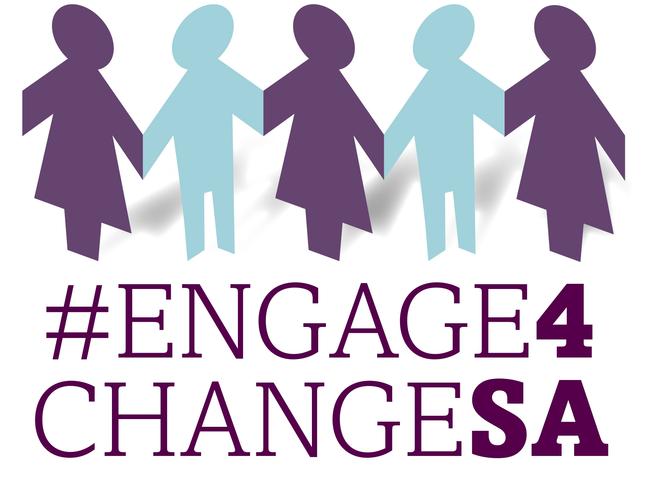Federal Health Minister Greg Hunt launches first National Plan for Endometriosis
WOMEN and girls dealing with the painful condition endometriosis will benefit from an extra $1.2 million funding for better treatment options and possible cure.

- Schools program educates girls about period pain, endometriosis
- Program to help SA school girls recognise signs of endometriosis
- Draft endometriosis plan to help 730,000 Australian women
- Learn more about the #Engage4ChangeSA campaign
WOMEN and girls dealing with the painful condition endometriosis will benefit from an extra $1.2 million funding boost to find better treatment options and a possible cure.
Federal Health Minister Greg Hunt made the commitment while releasing the first National Plan for Endometriosis on Thursday, to address the gynaecological disease which affects 1 in 10 females.
Among the estimated 730,000 Australian patients are Olympic swimmer Emily Seebohm and Yellow Wiggle Emma Watkins.
The condition occurs when tissue similar to the lining of the uterus grows elsewhere and can cause severe pain, nausea, fatigue, organ damage or infertility. The average wait for diagnosis is about nine years, prompting the Federal Government to devise a blueprint to improve awareness, detection and treatment.

It has been welcomed by Adelaide patients Tash Hammond, 19, and Holly Cook, 17.
“As a 14-year-old girl being told that there’s no cure, and that you might not be able to have kids, that breaks your heart,” Ms Hammond said of her diagnosis.
Following two surgeries, she manages symptoms through diet changes, exercise and medication and is an EndoChampion for Endometriosis Australia.
Holly, diagnosed last year, wants education in schools so girls “feel less awkward talking about it and feel less responsible for the flow-on effects” like missing classes or social events because of pain or fatigue.

Last year, 10 SA schools took part in a trial based on a New Zealand model — but the State Government has not committed to an extension.
Mr Hunt had previously made commitments of $2.5 million for research and $1 million to raise awareness among GPs, including developing a short course in endometriosis for primary healthcare professionals.
On Thursday, he conceded patients had “historically experienced poor clinical care, due to a low level of understanding of the condition, both amongst the public and the medical community”.
Following consultation on a draft plan, Mr Hunt has committed a further $1 million to implement the final recommendations and $200,000 for the Jean Hailes for Women’s Health organisation to deliver online an awareness campaign during Women’s Health Week in September.
It will encourage women to visit their GP if they are experiencing symptoms of endometriosis. These can vary greatly between patients and some may not experience problems until trying to fall pregnant.
Symptoms can include heavy or irregular menstrual bleeding, bloating, pain when going to the toilet or during sex, muscle spasms and lethargy.
Delays in diagnosis often occur because symptoms are mistaken for digestive complaints or downplayed as “normal” period pain.

